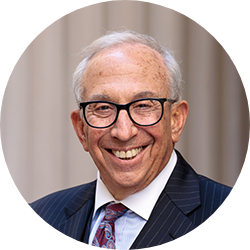By: Kevin T. Yen

Medicare defines “ultrahigh” therapy as more than 12 hours of rehab or therapy per week and “very high” therapy as 9 hours per week. The University of Rochester recently published a study showing that from October, 2012 through April, 2016, the number of nursing home residents receiving “ultrahigh” therapy increased by 65 percent.
The study was based on data from 647 New York long term care facilities. The study has raised suspicion that the push towards unnecessary therapy is financially motivated. This is especially concerning because the population being analyzed were patients who received extensive therapy during the last 30 days before they died. It forces one to ask if the occupational therapy, physical therapy and speech therapy were necessary for someone who may have a shorter life expectancy.
These services are covered by Medicare and the cost structure could mean more money for the nursing home. Beginning in October, 2019 the Centers for Medicare and Medicaid Services’ will implement a new “Patient Driven Payment Model” where the focus will be on patients’ health and condition to determine payments as opposed to the amount of care.
It should be interesting to see if and how the new payment model will affect services provided by skilled nursing facilities.







